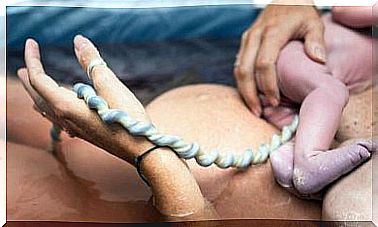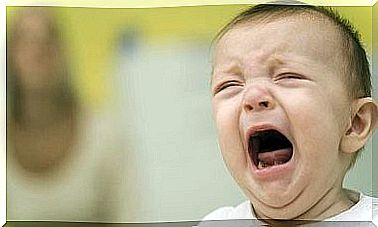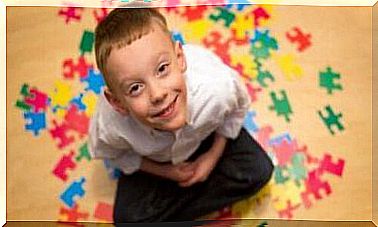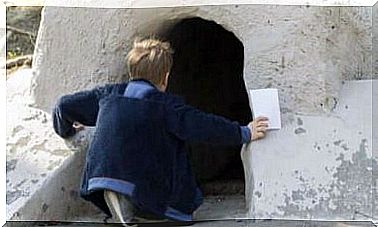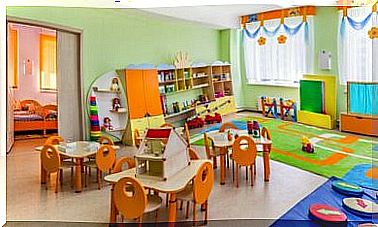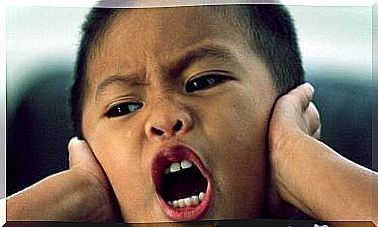Symptoms Of Gluten Intolerance In Children

The symptoms of gluten intolerance can be stomach problems or other manifestations. They vary depending on age and are not the same for all children. It is important to know the symptoms in order to make a correct diagnosis as early as possible. Because of this, we want to go through the various symptoms that can help you know if your child is gluten intolerant.
Gluten intolerance in children
Gluten intolerance or celiac disease is an immune reaction to gluten, a protein found in wheat, barley and rye. Over time, this reaction damages the lining of the small intestine and prevents the absorption of certain nutrients.
In children, gastrointestinal symptoms usually occur between 6 and 24 months of age, when gluten is introduced into the diet. The most common symptoms are nausea, vomiting, diarrhea, low weight and growth problems, among others. We now look at these symptoms in more detail.
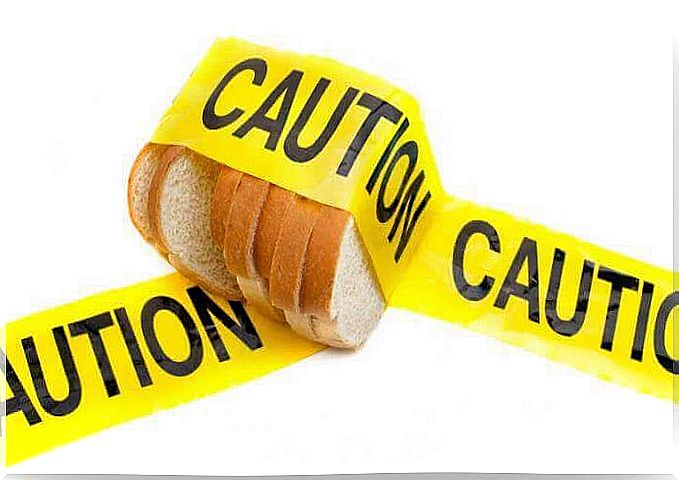
Symptoms related to digestion
Perhaps the most important evidence that can show that a child is gluten intolerant has to do with the digestive system. Here are some of the most common symptoms in this regard:
- Often bloated stomach
- Nausea that ends with vomiting
- The stool, in addition to being foul-smelling, also has a whitish color
- Often constipation or diarrhea
- The child complains that he or she feels bloated in the stomach
- The child will also complain of stomach cramps
- Your child has a lack of appetite
Symptoms related to growth
Other symptoms that can show that children are gluten intolerant are when they do not grow as fast as other children of the same age, both in height and weight.
In children under the age of two, progressive muscle atrophy can occur and if children are diagnosed when they are over two years old, they can enter puberty later than other children.
Symptoms that affect the behavior
In addition to the physical symptoms, there are also signs in children’s behavior that they may be gluten intolerant. These can be:
- Sudden changes in mood
- Irritability
- Hyperactivity
- Apathy
- Dyslexia
- Autism
Other manifestations of gluten intolerance in children
Anemia
This is the most common symptom in people with celiac disease. This occurs due to damage to the intestine, which means that it does not absorb nutrients, which leads to a deficiency of certain substances.
Iron is the most common deficiency. However, calcium, vitamin D and potassium deficiencies also occur, and this leads to a lower bone density.
Herpetiformis dermatitis, or skin celiac disease
Herpetiformis dermatitis is the manifestation of celiac disease on the skin. This is a skin disease that causes itching and blisters, and which stems from the intestinal gluten intolerance. The rash usually occurs on the elbows, knees, upper body, scalp and buttocks.
Usually, herpetiformis dermatitis is linked to changes that are identical to changes in celiac disease in the small intestinal walls, but this dermatitis does not always give obvious symptoms of digestion.
Cold sores
Cold sores are a fairly common, but not well known, symptom of gluten intolerance. They consist of circular lesions that have slight swelling and usually appear in the gums, on the inside of the cheeks and under the tongue.
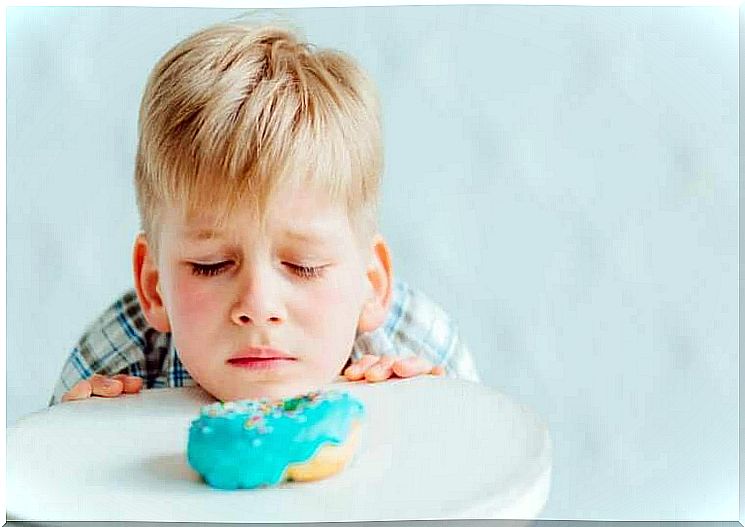
Groups at risk of gluten intolerance
Although all children can be affected by this intolerance, there are certain risk groups, for example:
- Individuals who have a direct relative with celiac disease
- Children with type 1 diabetes
- Children with Down syndrome
- The disease affects Caucasian individuals more than any other group. It is also more common in women than in men and is hereditary.
- Gluten intolerance is 5 times more common in children than in adults. At present it is not possible to prevent the disease and the only treatment is to remove gluten from the baby’s diet.
If your child has one or more of these symptoms, you should take him or her to the doctor for a diagnosis. If the diagnosis is positive, a nutritionist will give you guidelines on how to maintain a gluten-free diet.
